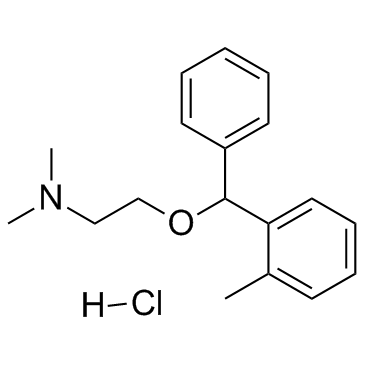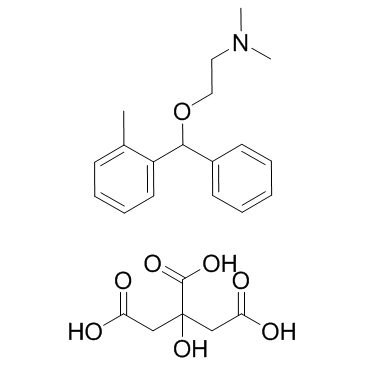| Structure | Name/CAS No. | Articles |
|---|---|---|
 |
Orphenadrine hydrochloride
CAS:341-69-5 |
|
 |
orphenadrine citrate
CAS:4682-36-4 |